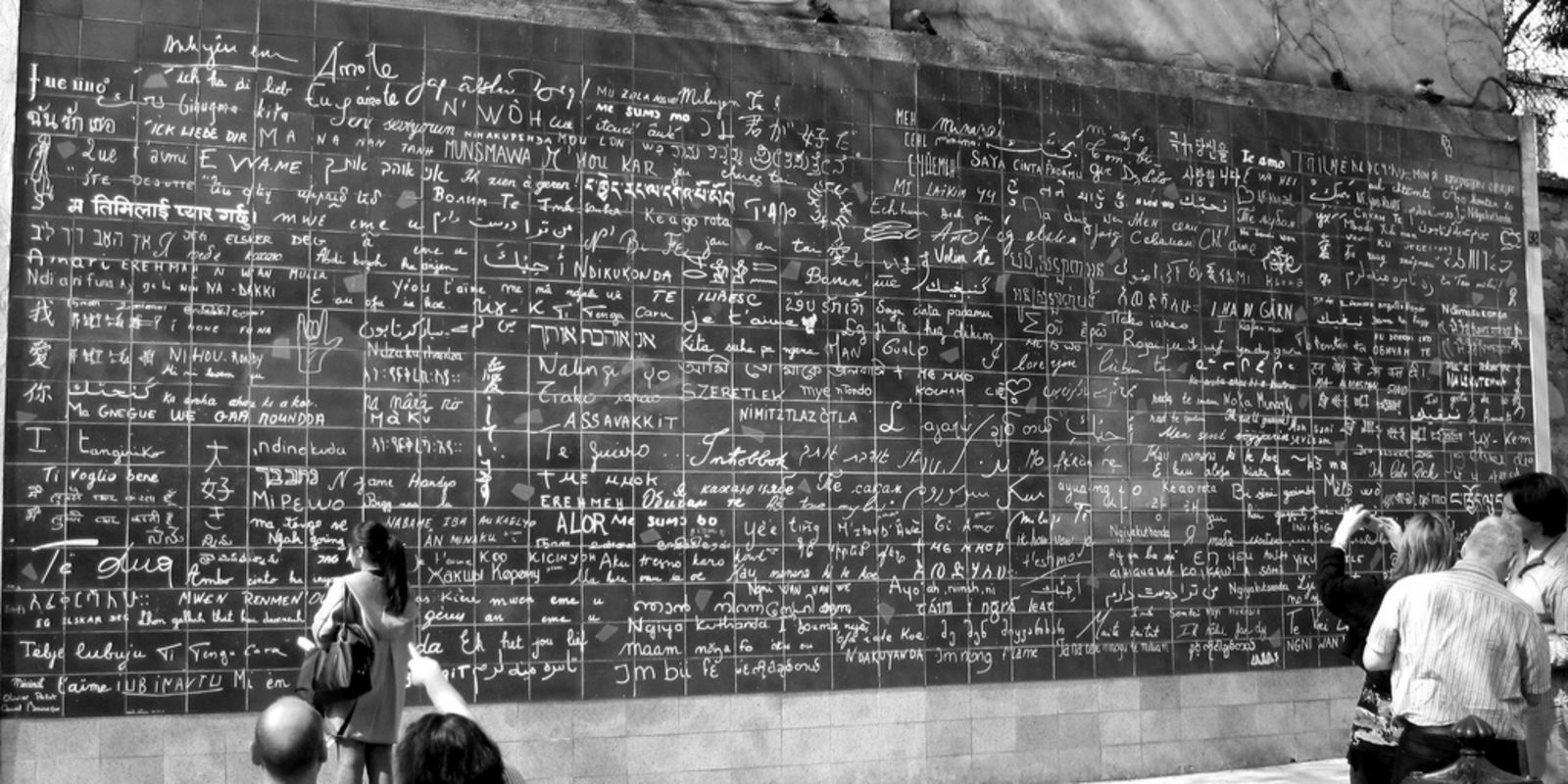Race to Goals
Those neighborhoods may be called “bobo” (short for “bourgeois bohème”), this won’t hamper their charm in any way : be proud to play tourist in the parisian North-West.

Both Batignolles and Montmartre where independant villages, then towns, which where absorbed by the big city in the XIXth century. Mostly working class for a long time, they gradually became wealthier and now attract more and more so-called “bobo”, short for “bourgeois bohème”, meaning people with a high purchasing power but with a hipster-like spirit.
We’ll start at the beautiful Square des Batignolles and head towards the Épinettes district, which has kept a larger middle-class population, then to one of the most famous tourist spot in Paris : the Montmartre hill. The itinerary will be paced by a few nice gardens and fun will be our concern all the way.
Try to avoid sundays as a lot of shops are closed.
You can play a “race to goals” game following this itinerary : with friends, try to visit as many stops as you can (geolocate yourself to prove it). Some stops are worth more points than others, so have a look at each of them to see how many points you’ll get. Enjoy the game !
8 stops
1. Square des Batignolles
It is one of the english-style gardens that Jean-Charles Alphand created during the reign of emperor Napoléon III. This one dates back from after 1860, when the Batignolles village was made part of the city of Paris.
The garden has some beautiful trees, such as a giant sequoia, and 4 plane trees, one of them being as high as 30 meters. It also features exotic plants and, modelled after the Bois de Boulogne, a miniature river with its lake (ducks and swans galore) and cascade as well as a miniature cave.
2. City of Flowers
Not to be confused with the Cité Fleurie or the Cité Florale, both in the 13th district, this City of Flowers is a residential area around a private path in the Epinettes neighbourhood.
Created in 1847, it links de Clichy avenue and de la Jonquière street. Access is close to the Brochant subway station, from 7am to 7pm (monday to saturday) or 1pm on sundays and holidays. There is a village-like atmosphere to the place, mostly because of the bourgeois properties and the overall quietness.
Saint-Joseph-des-Épinettes church can be accessed through the City of Lowers, at number 59.
Source : translated from Wikipedia contributors, “Cité des Fleurs“
3. Square des Épinettes
This large square was created in 1893 by Jean-Camille Formigé, who designed the Gardens of the Greenhouses of Auteuil. It has a nice bandstand at its center.
The neighbourhood of the same name was a former small farm village which became industrious during the XIXth century. During the XXth century, even if the industries where now gone, its population was still mostly working-class and left-wing. This has changed in recent years with increasing middle-class settlement.
4. Saint-Michel-des-Batignolles Church
Conceived by architect Bernard Haubold, the church was build between 1913 and 1938. The archangel at the top of the bell tower is a replica of the one found at the Mont-Saint-Michel abbey : both where sculpted by the same man, Emmanuel Frémiet (a third similar statue is to be seen at Orsay Museum). Struck by lightning during the 1980s, the archangel was removed from the bell tower in 1989, before being brought back in 2007.
Prior to the attachment of the town of Batignolles-Monceau to Paris, the church used to be at the eastern limit of the historical village of the Batignolles, hence its name. Nowadays, the church (much as the Batignolles cemetery further west) is located in what is now called the Épinettes neighbourhood.
Source : translated from Wikipedia contributors, “Église Saint-Michel des Batignolles“
5. Moulin Rouge
Cabarets may be kitsch, but at least the Moulin Rouge stands for its over-the-top exterior and interior decoration.
Founded in 1889, it was rapidly successful because of a combination of clever features : the dance hall was made in such a way that changes of scenary were quick, champagne-only evenings were the norm, and new exciting dances were invented, such as the famous French Cancan. It was in the 1920’s that the Moulin Rouge entered its golden age with cult dancer Mistinguett.
At the Moulin Rouge, over 240.000 bottles of champagne are opened each year, and the Moulin Rouge company has set the record of the highest number of leg raising !
If you book tickets for a show, please be aware that formal dressing is mandatory.
6. Square Jehan-Rictus
Located at the Place des Abbesses, this garden is a perfect romantic spot : cherry trees and other fruit-trees, roses, a pergola and a fountain…
No wonder then that is has been chosen by artists Frédéric Barton and Claire Kito (the latter being specialized in far-eastern calligraphy) for their “Mur des je t’aime” (“I Love You : The Wall”), a “monument dedicated to love”.
On 612 enamelled lava tiles are inscribed the words “I love you” 311 times in different languages (including the 192 languages of the UN Member States).
7. Montmartre Hill
Montmartre hill, primarily known for the white-domed Basilica of the Sacré Cœur on its summit, as well as for the artists in the Place du Tertre, is one of the most popular tourist area in Paris. A funicular railway, the Funiculaire de Montmartre, ascends the hill from the south.
The toponym Mons Martis (“Mount of Mars” in Latin) survived into Merovingian times, Christianised as Montmartre, signifying “mountain of the martyr”.
The area developed into a centre of free-wheeling and decadent entertainment at the end of the XIXth and the beginning of the XXth centuries, and it became the principal artistic center of Paris. Inpiduals including Vincent van Gogh, Henri Matisse, Pierre-Auguste Renoir, Edgar Degas, Maurice Utrillo, Henri de Toulouse-Lautrec, or African-American expatriates such as Langston Hughes worked in Montmartre and drew some of their inspiration from the area.
Montmartre Hill main sights also include the Marché Saint-Pierre, area of the cloth sellers in the south-east ; concert halls (La Cigale, L’Elysée-Montmartre, Le Trianon, La Boule Noire, the Moulin de la Galette…) inspired from the 19th century cabarets ; the Montmartre cemetery ; or the famous and often sung rue Lepic with its Les Deux Moulins café, made famous around the world by Le Fabuleux Destin d’Amélie Poulain movie.
The Fête des vendanges of Montmartre, which assembles more than 500,000 people during the first October weekend, every year.
Source : Wikipedia contributors, “Montmartre“
8. Marcel-Aymé Square
This square is famous for its unusual sculpture (see picture), Le Passe-muraille, named after the title of a short story (The Man Who Walked through Walls in English) by French novelist Marcel-Aymé.
The story’s main character, Dutilleul, discovers that he “had the remarkable gift of being able to pass through walls with perfect ease”.
The sculptor is Jean Marais, also known for being an actor, notably for Jean Cocteau. He lived a long time on the Montmartre hill.
FamilyUnusualPrestigious
Map, navigation, practical information, extra pictures and more are available on the Paris Parcours app.
